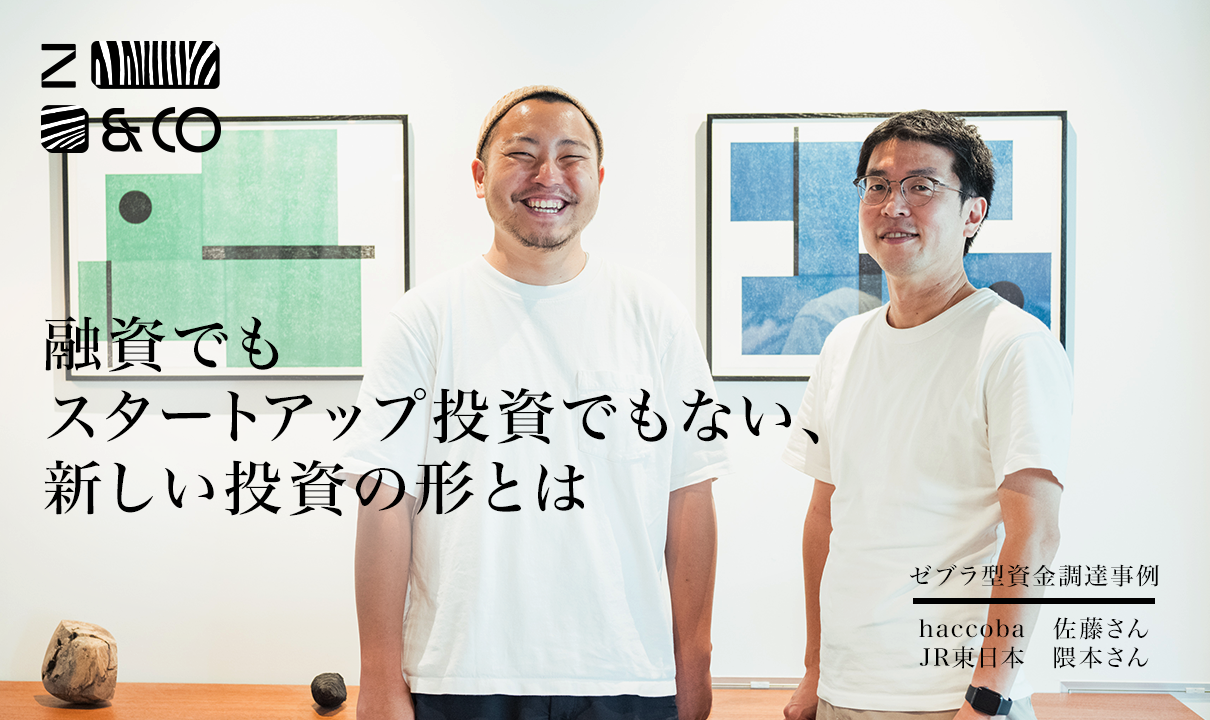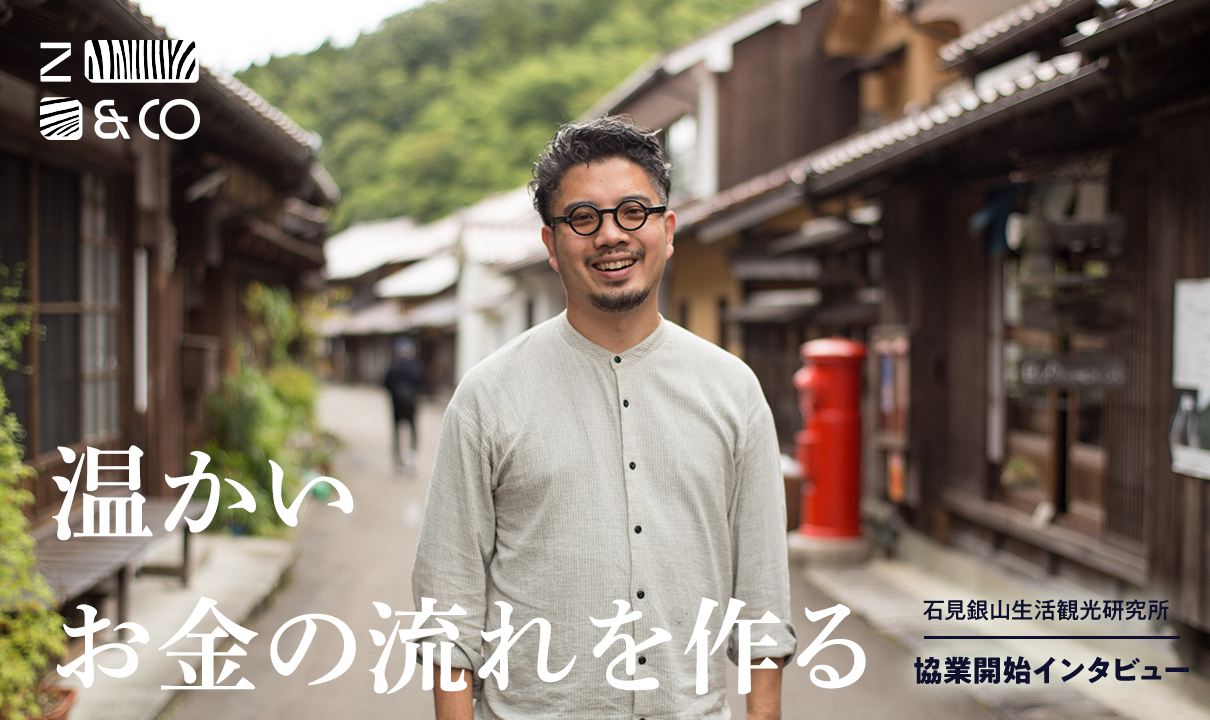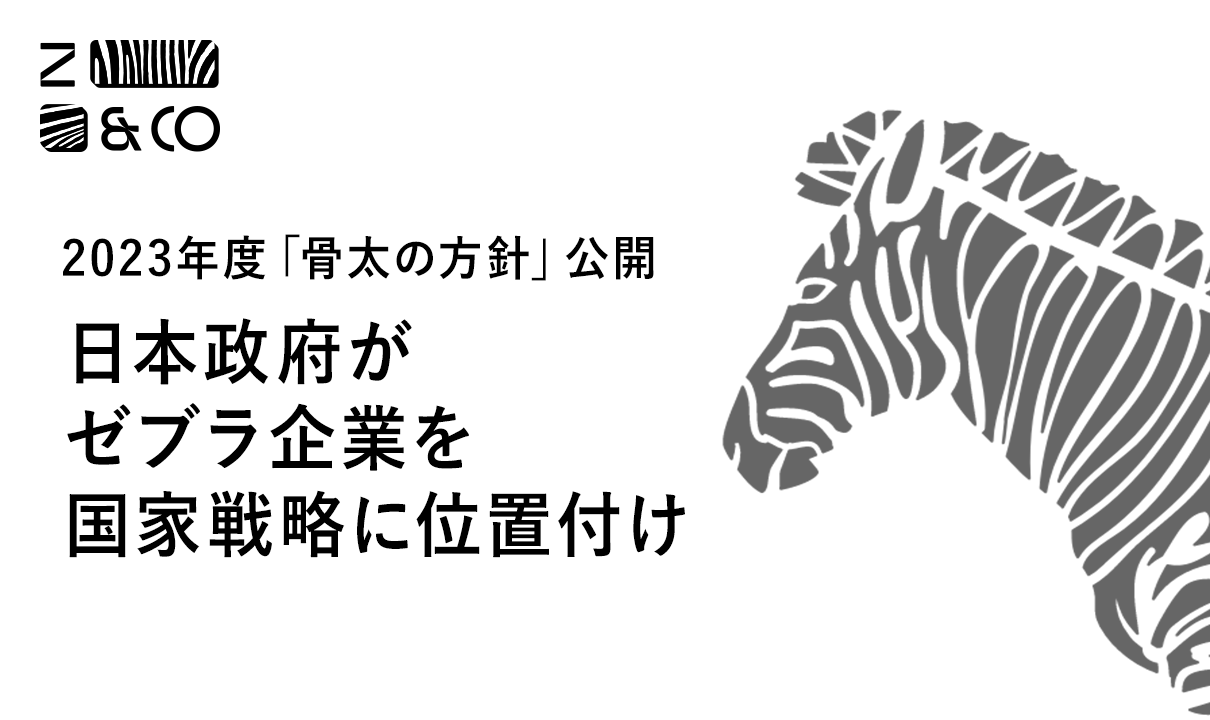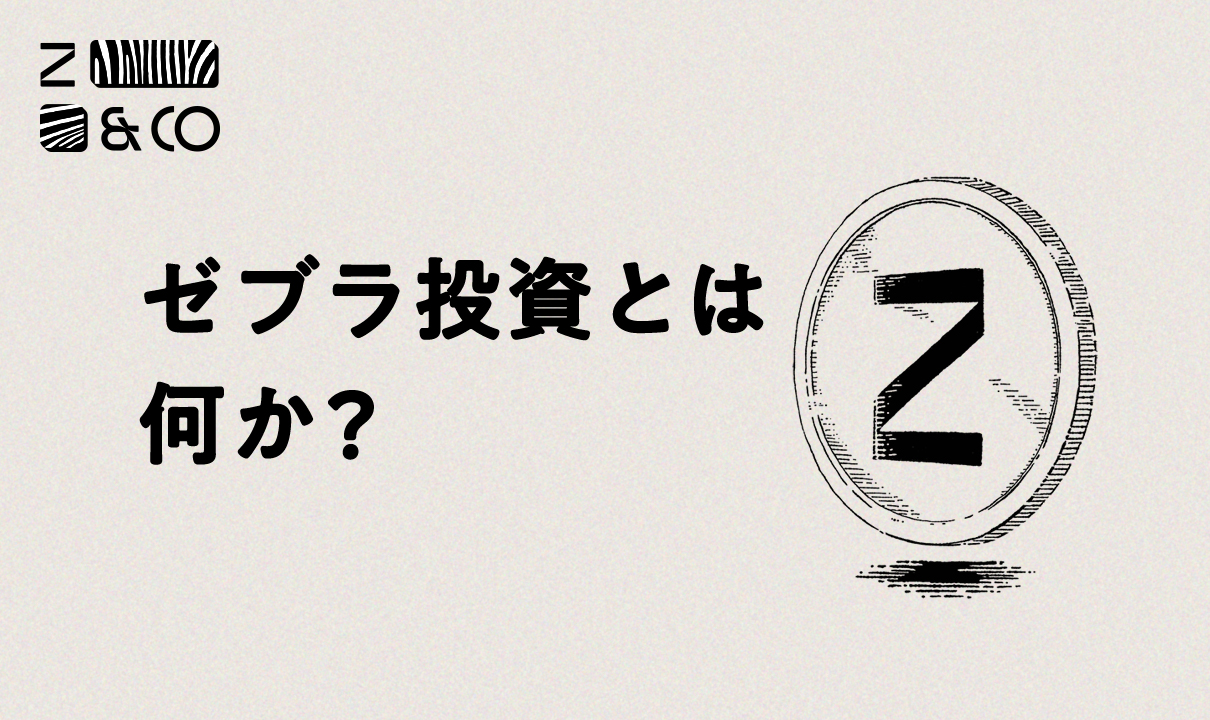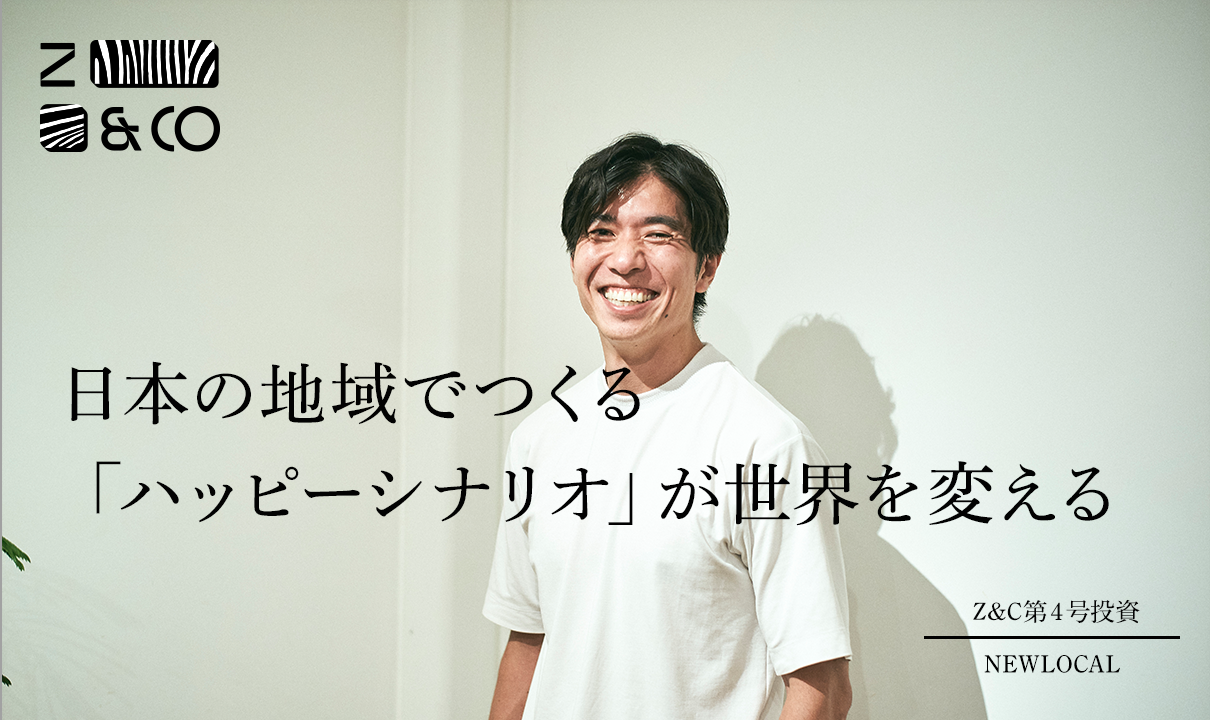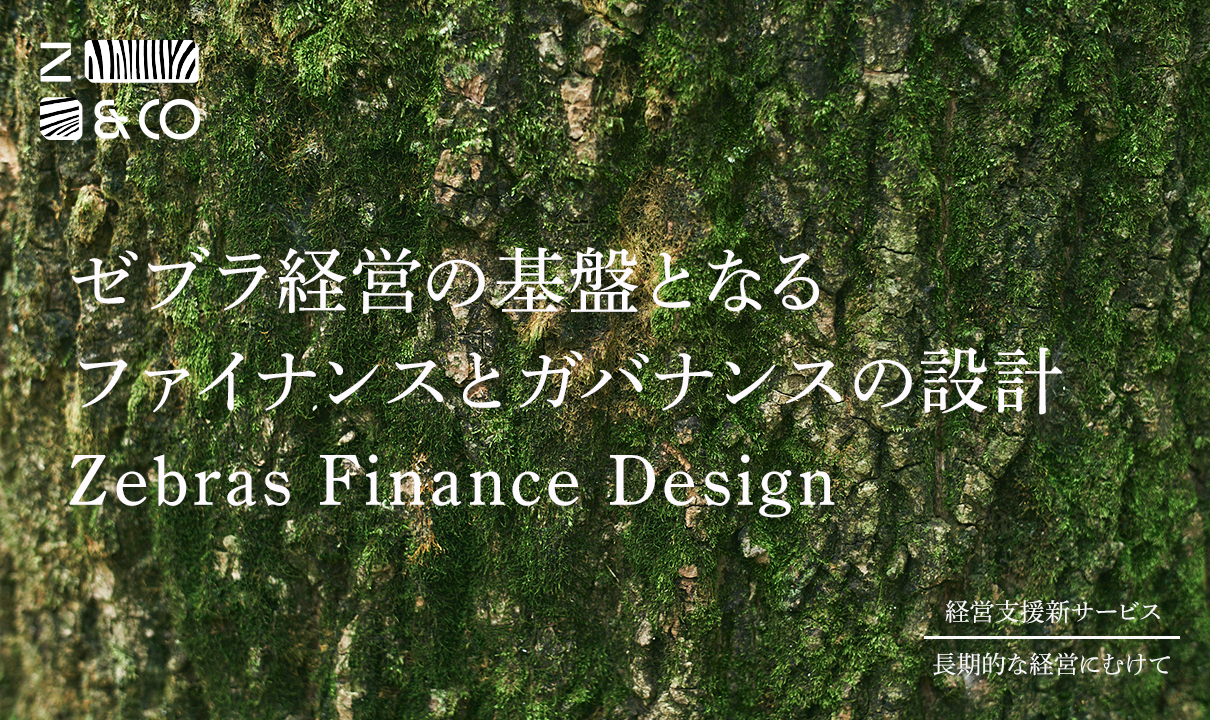
2023.11.21 ZEBRAS
Alternative Options to the Existing Model ー “Different scale, Different future”
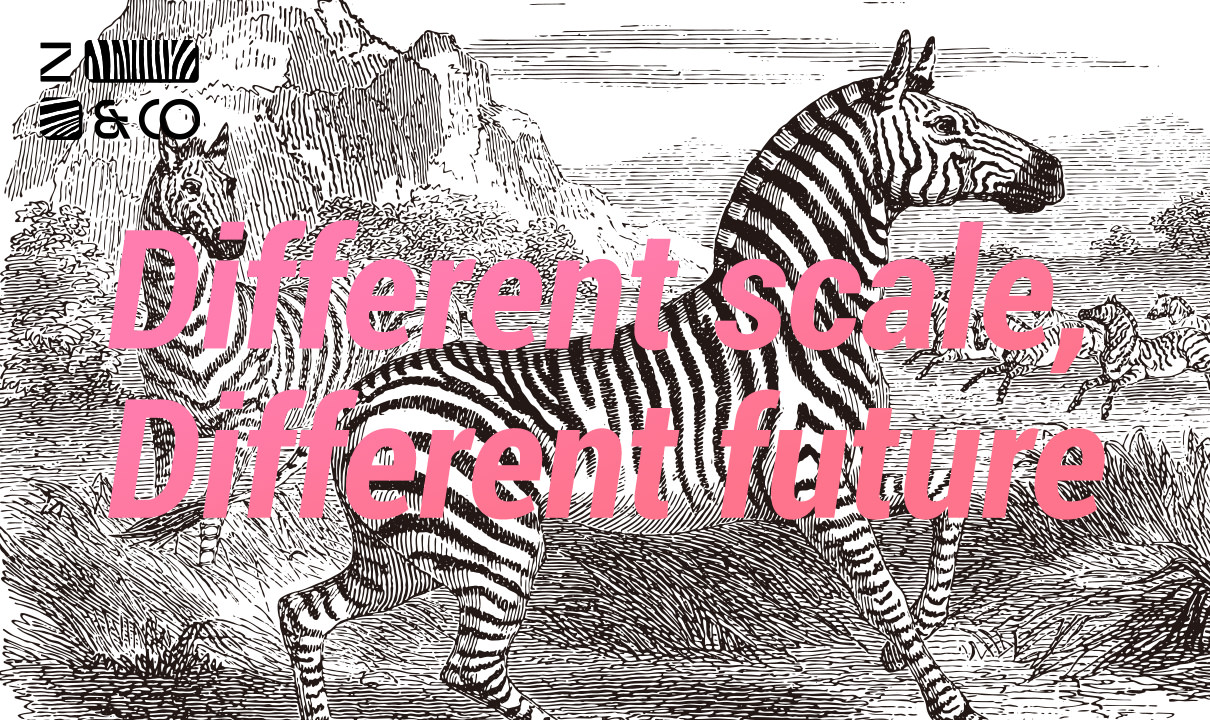
“Different scale, Different future”
At Z&C, we have adopted the concept of “Different scale, Different future” to guide our actions as well as our decision-making process. We believe that if we change the indicators and definitions of a company’s “scalability”, we can create a different future for these companies and society at large. This concept embodies our belief that there are new possibilities to be explored in the world of VC.
To fully understand what we mean by “Different”, we need to explain the traditional concept of scalability. In the past, the dominant form of growth for companies was modeled after the growth model of unicorn companies the particular startup environment at Silicon Valley. “VC investment” referred to investing in companies that could go public or be sold within 3-5 years where the VC’s “fund life” was typically about 10 years. The structure was designed to encourage companies to grow their business at a rapid pace for investors to recover their investments as quickly as possible.
However, some companies do not fit the mold of pursuing unicorn status as their goal. One example is the zebra company. We have discussed the details of “Zebra investment” in the article linked above. By supporting zebra companies that are exploring new possibilities in scaling up their business ventures, which traditional VC’s tend to shy away from, we believe that we can envision a future with a more diverse playing field.
Alternative Options to the Existing Model
Various alternative options have emerged in addition to traditional GDP, stock exchanges, and existing financial institutions. For example, “Doughnut Economics,” is an economic model proposed by economist Kate Raworth which aims to create a sustainable future by taking into account not just economic growth, but various indicators. The outside of the “doughnut” represents nine planetary boundaries, such as climate change, loss of biodiversity, and pollution from chemicals. Inside the doughnut, there are twelve areas of social deprivation, such as education, health, and social equality. The idea is that for a sustainable future, we need to eliminate environmental excess and social deprivation, and everything needs to fit within the doughnut, rather than focusing on a single economic growth metric like GDP. Other alternatives to GDP, such as Green GDP and Social Progress Index, are also emerging.
The entrepreneur Eric Ries, author of “The Lean Startup,” proposed the concept of a “Long-Term Stock Exchange” in the book’s epilogue. After about a decade of planning, the LTSE launched in August 2020 and is focused on promoting long-term thinking in corporate management, rather than just quarterly results. It is an alternative stock exchange that aims to build relationships with stakeholders over the long term and could be one of many moves towards a diverse future.
In Japan, another interesting trend to note is the rise of “regional finance,” which refers to financial activities carried out by local banks, credit unions, and cooperatives to revitalize specific regions. The introduction of impact investing and social impact bonds, as well as the abolishment of the “Financial Inspection Manual” in 2019, has contributed to this shift. The manual standardized corporate ratings based on financial information, but regional financing emphasizes evaluating the content and future potential of a company’s business without relying too heavily on financial information and or guarantees. For example, the Dai-ichi Kangyo Credit Cooperative (Japan) uses place-specific qualitative information about the locality for their community-oriented approach when creating their “community loans.”
These alternative approaches to finance, including “zebra investing,” are all part of the movement toward a “different future.”
To Achieve Their Social Impact Goals

There is a model to address the issues stemming from past societal trends, such as the capital asset pricing model (CAPM), which has been used to calculate corporate value for the past 50 years. This model focuses on the importance of keeping the flow of capital moving quickly to recover investments to avoid missing out on other investment opportunities. This is still taught in Ivy League MBA programs in the US today. This mindset is deeply tied to current VC investment strategies, which focus solely on financial returns for the investor and fail to measure other forms of impact.
For instance, donating to a child’s school may benefit both the child and society as a whole, but under the CAPM, it would not generate a financial return.
This is where zebra companies and zebra investments are unique, as they aim to resolve these issues. Unlike VC investments that are typically constrained by a 10-year investment return deadline, zebra investments do not have such time limitations. Instead, zebra いinvestors are incentivized by a set amount of financial returns and social impact. Additionally, zebra companies evaluate investment targets not only based on financial returns but also on their social impact. With these alternative metrics, zebra companies also provide management support to their portfolio companies to achieve their social impact goals.
For more information on what zebra investments are and how they differ from VC investments, as well as the five characteristics of companies that are eligible for investment, please refer to our related article.
The New Future We Envision
Given this background and through our ongoing activities, we believe we can envision the following future:
“We don’t believe that society will change overnight just because we invested in zebra companies. However, we believe that we can build the future by achieving results phase by phase.
In the initial phase, we will invest in zebra companies and create examples of successful zebra companies that will chart different growth trajectories than unicorns but still grow steadily. We will then extract real-world knowledge from our management support and theorize what it means to run a Zebra company.
In the next phase, by disseminating this information to the business community and society at large, the understanding of zebra companies will deepen, and the number of companies supporting and funding zebra companies will increase.
In the final phase, we believe that a long-term ecosystem centered around zebra companies will emerge, promoting the acceleration of solving social issues, increasing companies with long-term and inclusive perspectives, expanding opportunities for challenges, and increasing the diversity in the types of companies present. We believe that by doing so, we will create a “gentle, healthy, and enjoyable society” that we envision as our vision.
We are now seeing the emergence of alternative indicators and economic mechanisms, such as donut economics, long-term stock exchanges, regional finance, and social impact investing. We will work towards promoting such social change with zebra company management and zebra investments and striving for a “Different Future” for all those involved.

PROFILE
ゼブラ編集部
「ゼブラ経営の体系化」を目指し、国内外、様々なセクターに関する情報を、一緒に考えやすい形に編集し、発信します。
